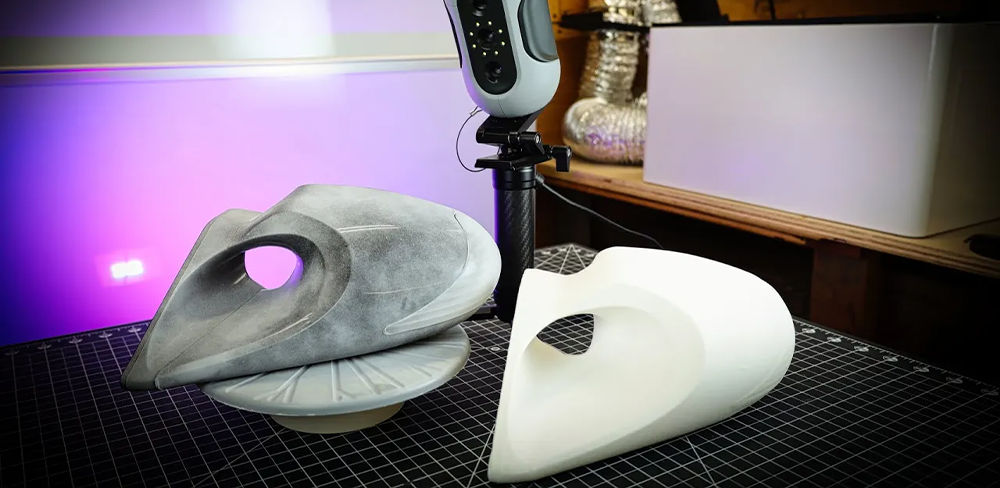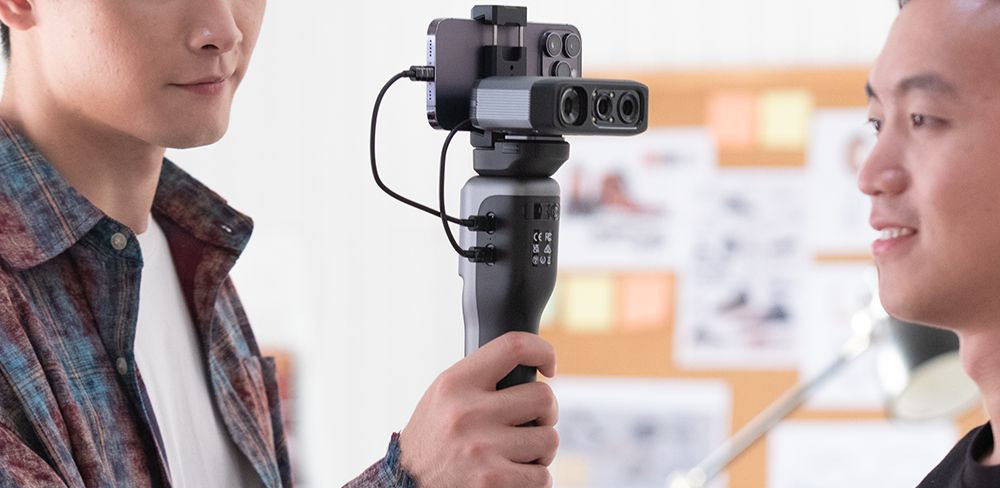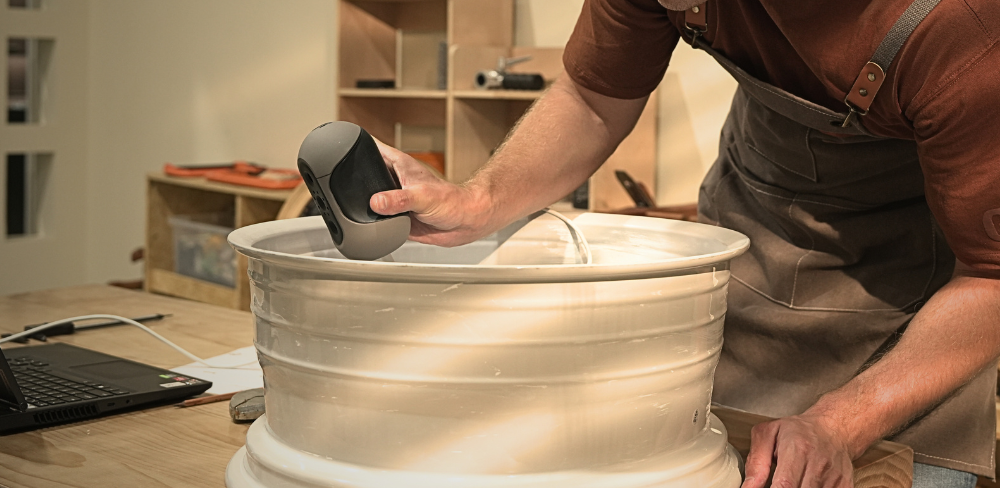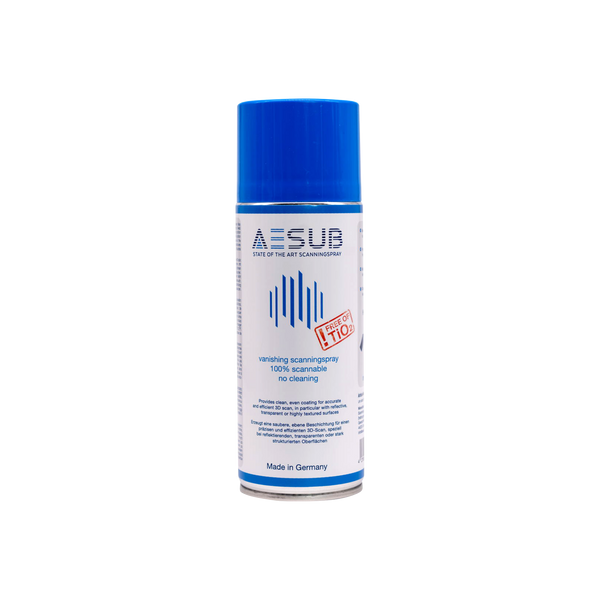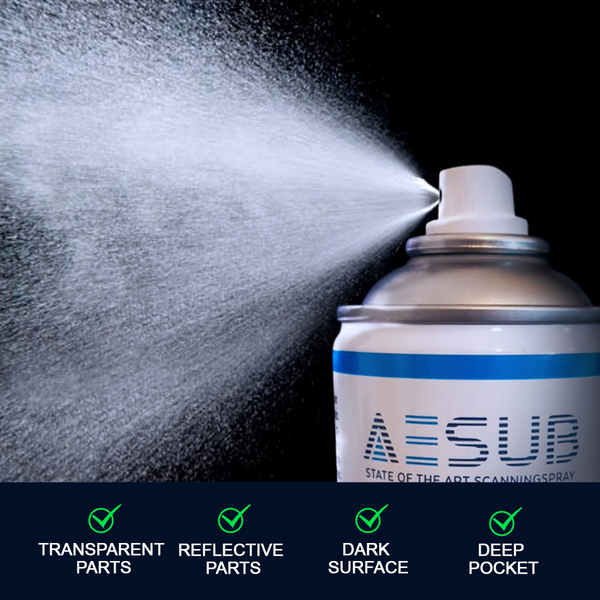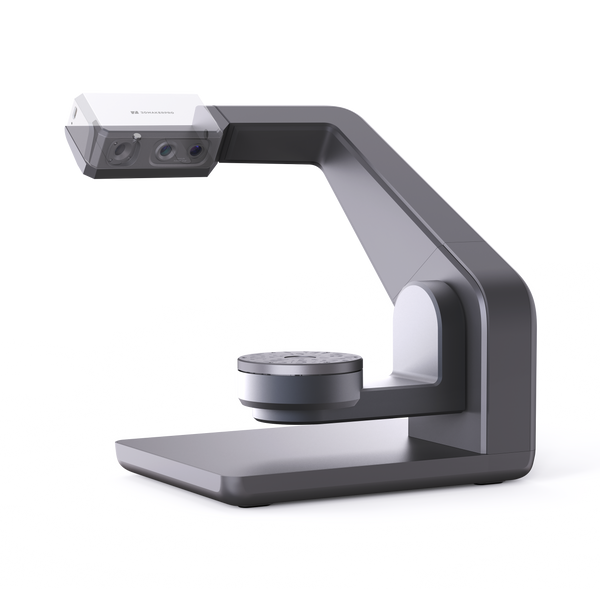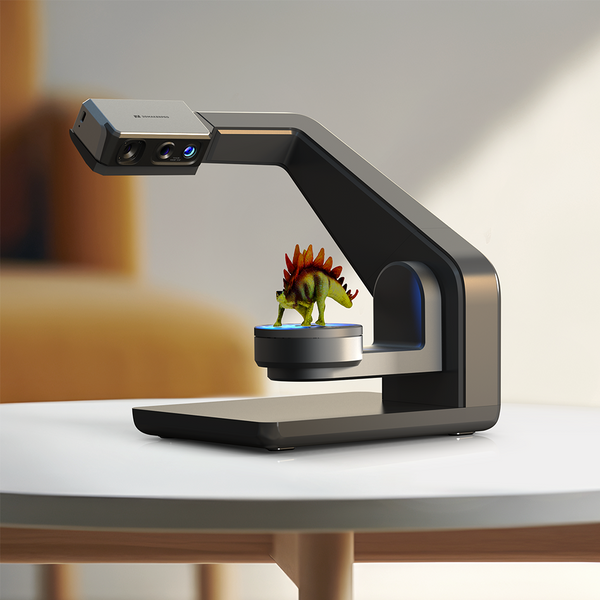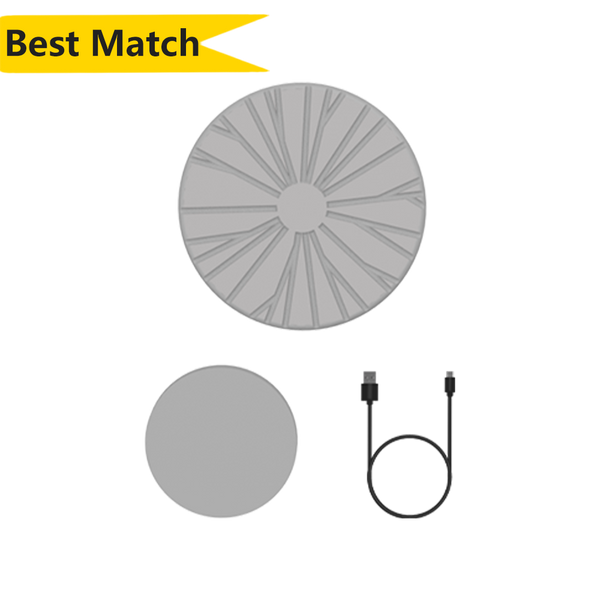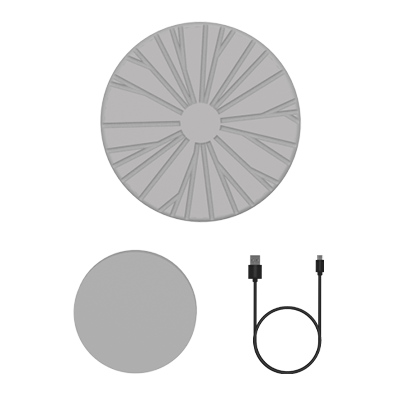3D scanning technology has come a long way in recent years, allowing us to create detailed digital models of physical objects with ease. However, even the most advanced 3D scanners may encounter challenges when scanning reflective, transparent, black objects, and hair. In this article, we will discuss some tips and tricks to overcome these challenges.
Reflective Objects
Reflective objects, such as mirrors or polished metals, can be challenging to scan because they reflect light in a way that confuses the scanner. Scanners rely on casting light and measuring reflected light to generate a model, and interference from reflected light can distort the scanned data.
Solution: you can try using a matte spray or powder to reduce the reflectivity of the object. Another option is to use polarized filters on the scanner and the light source to help reduce the glare.
Transparent Objects
Transparent objects, such as glass or acrylic, can also be a challenge to scan. The scanner will not be able to capture the surface details of the object due to its transparency.
Solution: coat the object with a thin layer of white powder or paint to create a diffuse surface that the scanner can detect. Another option is to use a structured light scanner that projects a pattern onto the object, making it easier for the scanner to detect.
Black Objects
Black objects absorb light, making it difficult for the scanner to detect surface details. The lack of reflection from black objects can cause scanners to have trouble capturing shapes and details.
Solution: you can try using a white powder or spray to create a contrasting surface that the scanner can detect. Another option is to use a structured light scanner that projects a pattern onto the object, making it easier for the scanner to detect.
Hair
Scanning hair can be particularly challenging due to its fine and delicate nature. Scanners may not be able to accurately capture and reconstruct the shape and texture of the hair, resulting in models that lack detail.
Solution: using a hair spray, gel, or dry shampoo to create a more rigid structure can help the scanner capture more accurate details. Also, you may use a structured light scanner that uses a high-speed camera to capture multiple images of the hair from different angles. Another option is to use a laser scanner that can capture the shape and volume of the hair.
By using some of the tips and tricks mentioned above, you can overcome these challenges and create accurate and detailed digital models of a wide range of objects. Remember, patience and experimentation are key when it comes to achieving the best results when 3D scanning challenging objects.


